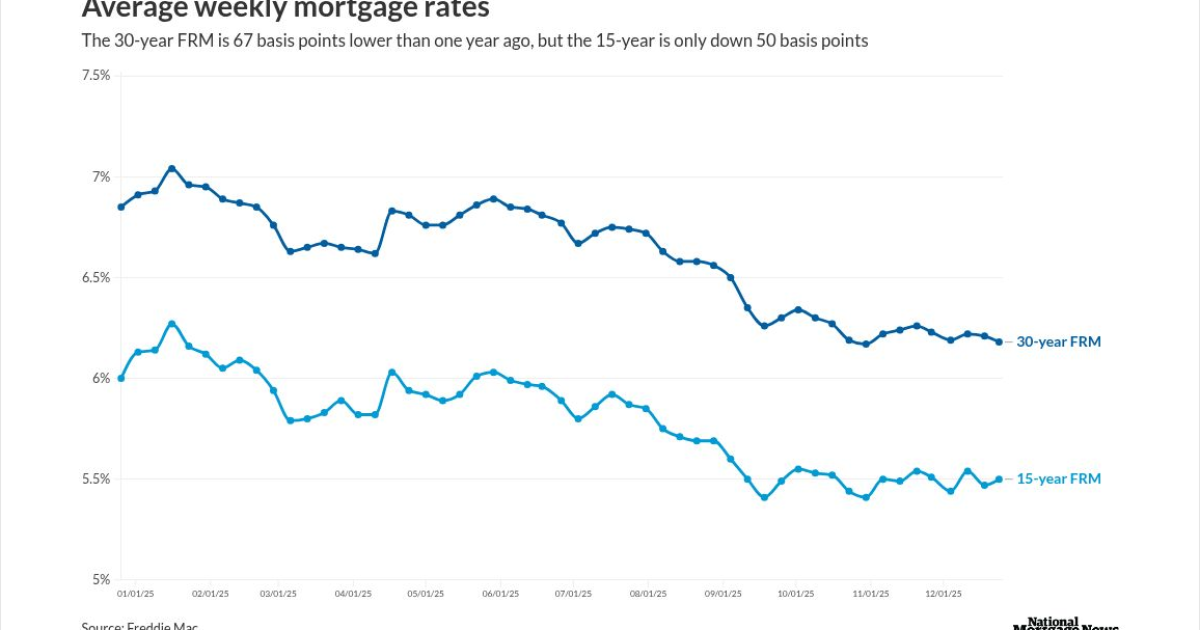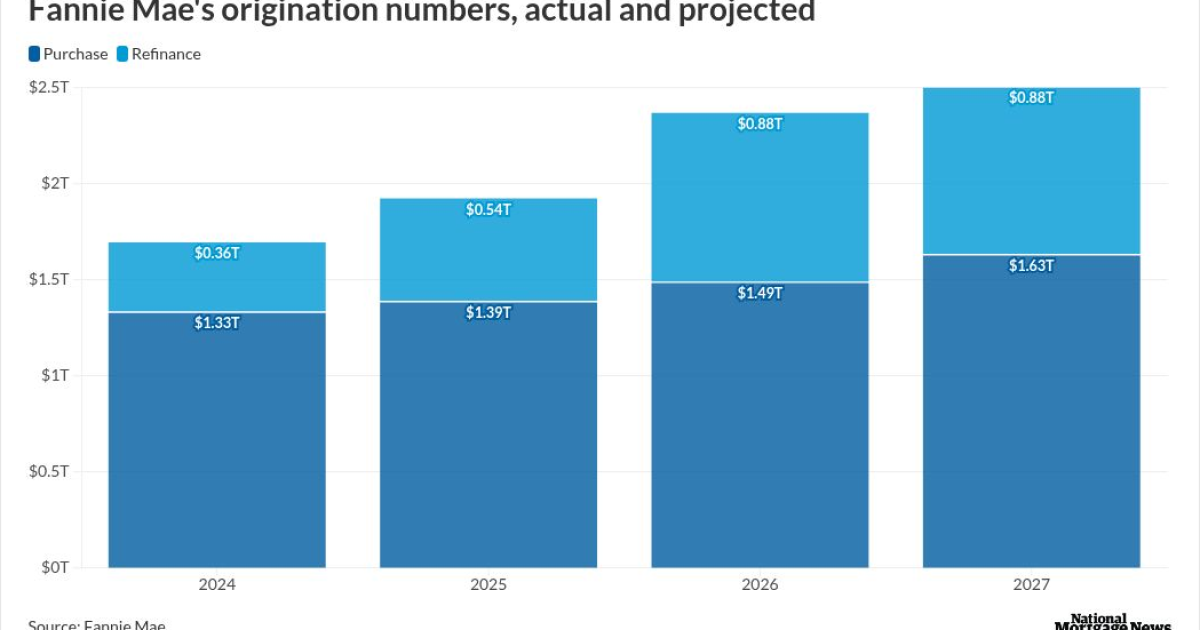
One of the biggest challenges faced by responsible fintech innovators is the lack of regulatory clarity enabling the development of safe and affordable financial alternatives. Yet, some leaders in the traditional finance industry have filed briefs encouraging the Supreme Court to strike down regulations established by the Consumer Financial Protection Bureau, stemming from a constitutional argument against the agency's funding structure. Upending CFPB rules could have severe implications as it will derail innovation by pushing regulatory clarity further out of reach.
While it's often assumed that financial services companies and trade associations would celebrate the potential dismantling of regulation, responsible technology-based banks and fintechs have a different perspective: Stable regulatory "rules of the road" are an important ingredient to safe and successful innovation and clarity in the market.
The Supreme Court case will decide the constitutionality of the CFPB's rule regarding payday and high-cost installment lending. Although much of that rule was scaled back under the Trump Administration, a key element remains: The rule deems high-cost installment loans to be those that are above 36% APR and prohibits the lender of such a loan from making multiple attempts at electronically deducting payment from a borrower's bank account.
This modest restriction on a lender's conduct has made a great contribution to the market, as the only federal law drawing a 36% APR line between affordable low-cost loans and high-cost loans for all consumers. This dichotomy has promoted the growth of the marketplace lending industry, helping spur dozens of responsible lenders to create transparent lower-cost installment loans that today serve as important alternatives to high-rate payday and other predatory loans. Since the early days of the marketplace lending industry, there has been a consensus among market participants around the idea that high-cost installment loans are not appropriate for the fintech industry. The CFPB's 36% APR definition has allowed responsible fintech companies to demonstrate technology's ability to lower costs for consumers, because of the inherently lower enforcement risk associated with being on the opposite side of this line from old-style payday and high-priced lenders.
This industrywide decision to differentiate technological innovation from possible predatory lending has had great impact, disrupting high-priced lending industries with lower-cost fintech alternatives. Researchers at the Federal Reserve find that, "on average and for every risk level, fintech lenders offer lower annual percentage rates when compared to those of credit card firms." Federal Reserve researchers also find fintech underwriting to be "effective in identifying the 'invisible prime' from the subprime pool of borrowers" whom traditional lenders might overlook or overprice. Competition from these innovations has even forced traditional banks to change the way they treat their customers.
The Wall Street Journal has shown that to avoid losing customers to fintechs, traditional banks began undercutting their own credit card businesses by proactively offering lower-cost personal loans to their own credit card customers. The 36% line creates a pro-innovation incentive structure driven by tech-enabled underwriting that lowers prices when lending to consumers with lower credit, as opposed to the old approach of simply charging significantly higher prices to accommodate high losses.
Furthermore, the stakes of this Supreme Court case go far beyond this particular CFPB rule. If the court strikes down the payday lending rule using the plaintiff's constitutional argument, that same logic will likely apply to any other regulation authored by the CFPB including even potentially those inherited by the CFPB upon its creation. These include rules establishing mortgage protections in response to the Great Recession, a fair lending regime that has not stifled tech-based underwriting (unlike what a future regime might do) and transparency in price disclosures that has promoted competition and innovation allowing the best firms to win.
Placing these regulations in question would harm industry and the economy. Innovation is built on investments in the future. If financial services companies do not know what rules they must abide by, it becomes difficult to pursue new technologies, investments or products that may need several years to earn a profit. How could a startup, or even an established company, efficiently raise capital, invest in technology research or increase staff in such an environment?
In the absence of predictable rules, this uncertainty would likely be exacerbated by increased enforcement actions by the CFPB or state attorneys general. Although fintech companies and financial institutions do not always agree with rules issued by the CFPB, they generally find rulemaking to be a desirable alternative to regulatory expectations occurring through enforcement. Enforcement often occurs through broad "Unfair, Deceptive, or Abusive Acts or Practices" authority, which is codified in federal statute and will remain regardless of the outcome of this Supreme Court case, yet regulatory expectations set by UDAAP enforcement actions are much less predictable and therefore less desirable to the industry.
In an environment of see-sawing regulatory expectations, eventually everyone loses. When the rules fall away, some companies will take the "high road" to do what is best for their customers while also reducing enforcement risk. Yet, companies with fewer customers and less to lose may be tempted to fly below the radar, taking their chances to increase market share. Eventually, these "low road" businesses will find themselves in the crosshairs. What will have happened to customer confidence in the industry by then and will the "high road" businesses have survived?
When it comes to scaling back CFPB rules, the financial services industry must be careful what it wishes for.



